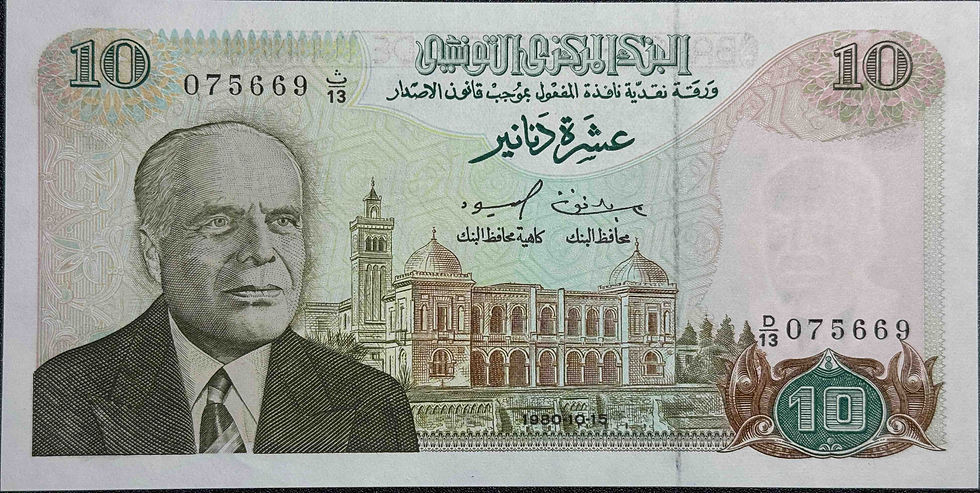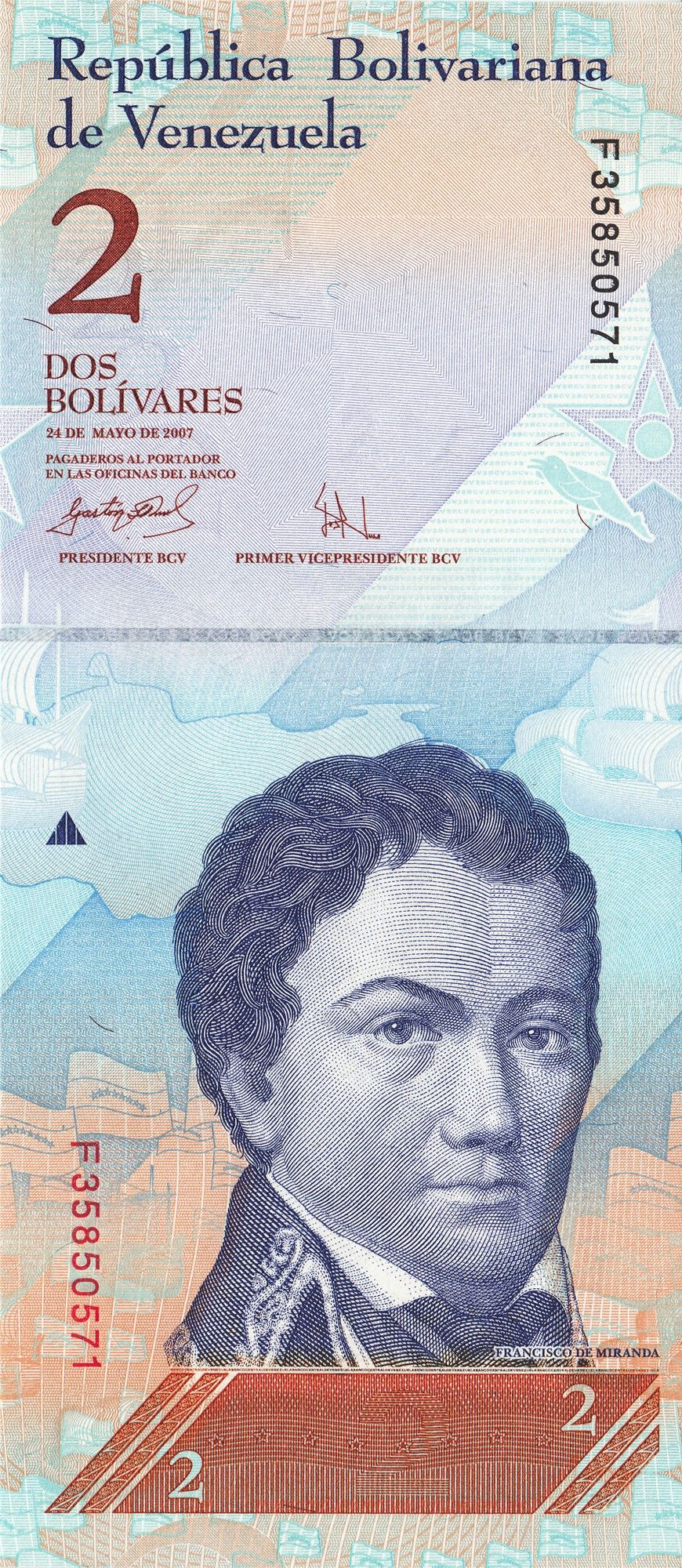
Related Products
Egyptian Coins: A Journey Through Egypt’s Rich Numismatic Heritage
Egypt is often referred to as the cradle of civilization—and its coins tell a powerful story. From the Ptolemaic rulers to Islamic caliphates, Ottoman sultans, and modern republics, Egyptian coinage has evolved for over 2,000 years. These coins are more than just currency; they are physical records of power, faith, identity, and artistry.
Whether you're new to collecting or a seasoned numismatist, Egyptian coins offer one of the most fascinating journeys in the world of numismatics.
🏺 A Quick History of Egyptian Coinage
1. Pre-Coinage & Pharaonic Egypt
Before coins, trade in Ancient Egypt was based on barter and weighted metals such as gold and copper (using units like the deben). Ancient Egyptians didn't mint their own coins during the pharaonic period. However, foreign coinage—especially Greek and Persian—entered Egypt via trade as early as the 6th century BCE.
2. Greco-Roman Egypt (Ptolemaic & Roman Periods)
Coinage in Egypt began in earnest with the Ptolemaic Dynasty (305–30 BCE), where silver tetradrachms and gold octodrachms featured rulers like Ptolemy I and Queen Cleopatra VII. These coins blended Greek styles with Egyptian symbolism.
🪙 Example:
-
Silver tetradrachm of Cleopatra VII with diademed portrait and eagle on reverse.
Following the Roman conquest, Egypt became a Roman province. Coins now featured Roman emperors but were minted locally in Alexandria and retained some unique Egyptian design elements.
3. Islamic Egypt (641 CE – 1517 CE)
With the Islamic conquest, Egypt’s coinage followed the Arabic tradition—featuring text-based inscriptions, Qur’anic phrases, and calligraphy rather than imagery.
-
Umayyad & Abbasid dynasties introduced the gold dinar, silver dirham, and copper fulus.
-
The Fatimids, Ayyubids, and Mamluks produced highly artistic coinage, often including mint marks and dates in Hijri calendar.
🪙 Examples:
-
Gold dinar from the Fatimid Caliphate inscribed with the shahada and Caliph’s name.
-
Mamluk silver dirham from Sultan Baybars with ornate Arabic script and decorative borders.
4. Ottoman Egypt (1517 – 1805)
Under the Ottomans, Egypt minted coins in Cairo bearing the sultanic tughra and Ottoman-era Islamic dates. These coins included gold sultani, paras, and akçes.
🪙 Examples:
-
Gold Sultani coin minted in Misr (Cairo) with tughra of Sultan Ahmed I.
-
Silver para coin from the 18th century Ottoman period.
5. Modern Egypt (1805 – Present)
Egypt began modernizing its coinage under Mohammed Ali Pasha and his successors. The 19th and 20th centuries saw coins in Arabic and European styles, including gold qirsh, piastres, and Egyptian pounds.
✨ Royal Kingdom Era (1922–1952):
Coins featured King Fuad I and later King Farouk, often in gold and silver.
🪙 Examples:
-
Gold 100 Piastres of King Fuad (1922)
-
Silver 20 Piastres featuring King Farouk’s bust (1939)
✨ Republican Egypt (1952–Today):
Post-revolution, Egypt issued coins that highlighted national achievements such as the Aswan Dam, military anniversaries, and cultural heritage.
🪙 Examples:
-
5 Pounds silver coin commemorating Sadd el-Ali Dam (1964)
-
Gold coins of Tutankhamun, Cleopatra, Sphinx, Golden Falcon, and Queen Nefertiti from the 1980s–1990s
-
Commemorative issues like Ramses II, the Seated Scribe, and the Pyramids of Giza
🪙 Most Popular Types of Egyptian Coins to Collect
-
Ptolemaic silver drachms & tetradrachms
-
Islamic-era dinars and dirhams
-
Ottoman paras & gold sultanis
-
Royal gold qirsh and silver piastres
-
Republican-era silver pounds & modern proof issues
-
Commemorative gold coins featuring pharaohs, monuments, and Olympic themes
🤖 Common Questions About Egyptian Coins
❓What is the oldest Egyptian coin?
The first coins minted in Egypt came during the Ptolemaic Dynasty, around 305 BCE.
❓Did the Ancient Egyptians use coins?
No—coins were not used during the Pharaonic period. Trade relied on barter and metal weights.
❓Are Egyptian coins made of gold?
Yes—especially from the Islamic, Ottoman, and modern periods. Gold coins like the dinar, qirsh, and 100 piastres were common among elite classes.
❓What are Egyptian piastres?
The piastre (قرش) is a unit of currency, part of the Egyptian pound (1 EGP = 100 piastres). Coins from the 19th and 20th centuries often used this denomination.
❓Are Egyptian coins valuable?
Many are! Especially rare gold issues, high-grade proof coins, and historically important coins like King Farouk’s issues or Islamic dinars.
❓Can beginners start collecting Egyptian coins?
Absolutely! Modern coins are affordable and feature a wide range of historical, religious, and cultural themes, perfect for new collectors.
🏆 Why Collect Egyptian Coins?
-
🌍 One of the world’s longest-running coin traditions
-
✒️ Elegant Islamic calligraphy and Pharaonic symbolism
-
💎 A mix of common types and rare treasures
-
🏛️ Deep cultural and historical storytelling
-
💰 Great investment potential in high-grade examples
📸 Example Highlights from Collectors’ Collections
Royal Kingdom Coins (1920s–30s):
-
Gold 20 Piastres Royal Wedding Issue
-
Silver 20 Piastres from 1939 (King Farouk)
Islamic & Ottoman Period Coins:
-
Gold Zeri Mahbub coins with beautiful inscriptions
-
Gold Sultani Misr-mint coins from the 1600s–1700s
Modern Commemorative Proof Coins (1980s–1990s):
-
Gold 100 Pounds Cleopatra
-
Gold 50 Pounds featuring Ramses II, Tutankhamun, and the Seated Scribe
-
Silver 5 Pounds honoring the Goddess Bastet
Republic Era Circulating Coins (1950s–1970s):
-
Silver 50 Piastres Sadd el-Ali Dam
-
Bronze and nickel milliemes coins
Contemporary Proof Issues:
-
Gold 5 Pounds Bank of Land Reform (1979)
-
Gold and silver coins celebrating Olympic Games, national banks, and Egypt’s pharaohs
📦 Final Thoughts
Egyptian coins offer one of the most diverse, beautiful, and historically rich collections in the world. Whether you're fascinated by ancient dynasties or admire the craftsmanship of modern proof issues, there is an Egyptian coin for you.
At [Your Website Name], we’re proud to showcase coins that tell the story of Egypt—from Cleopatra to King Farouk, and from Islamic caliphs to modern republics.
🧭 Ready to explore?
🛒 Browse our curated collection of Egyptian coins today.
📩 Have questions? We’d love to hear from you!
















































